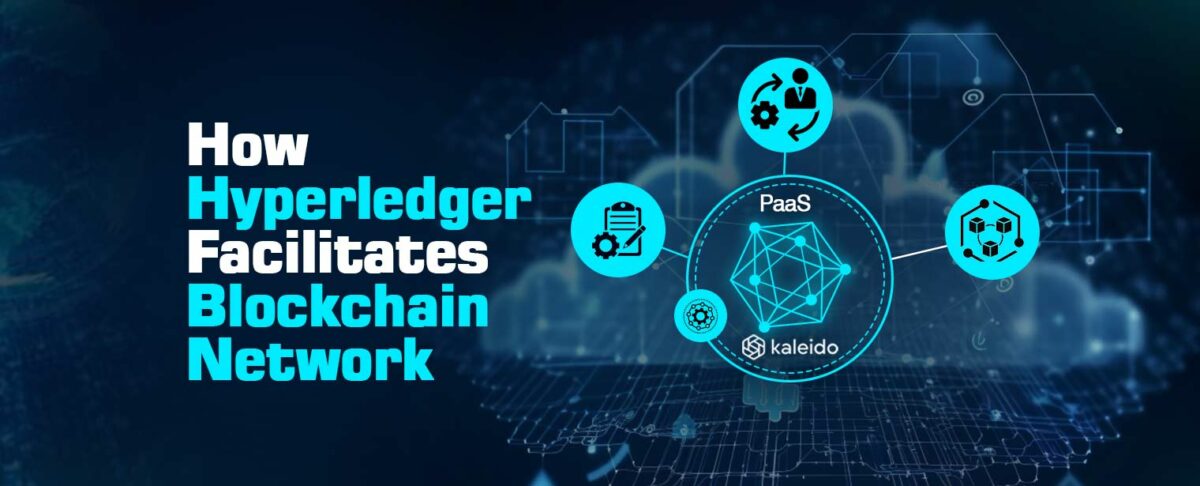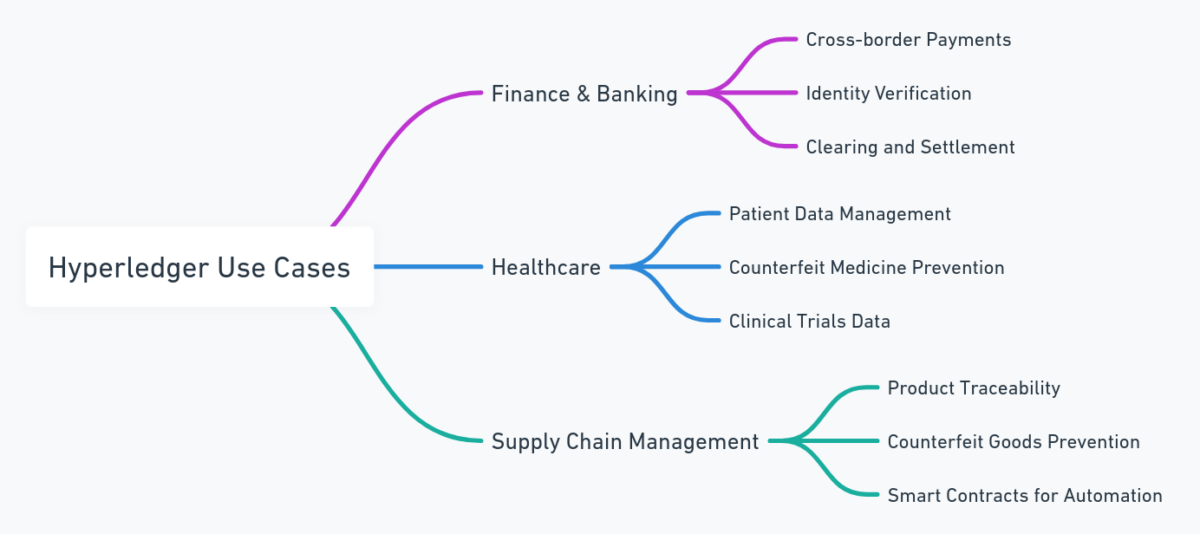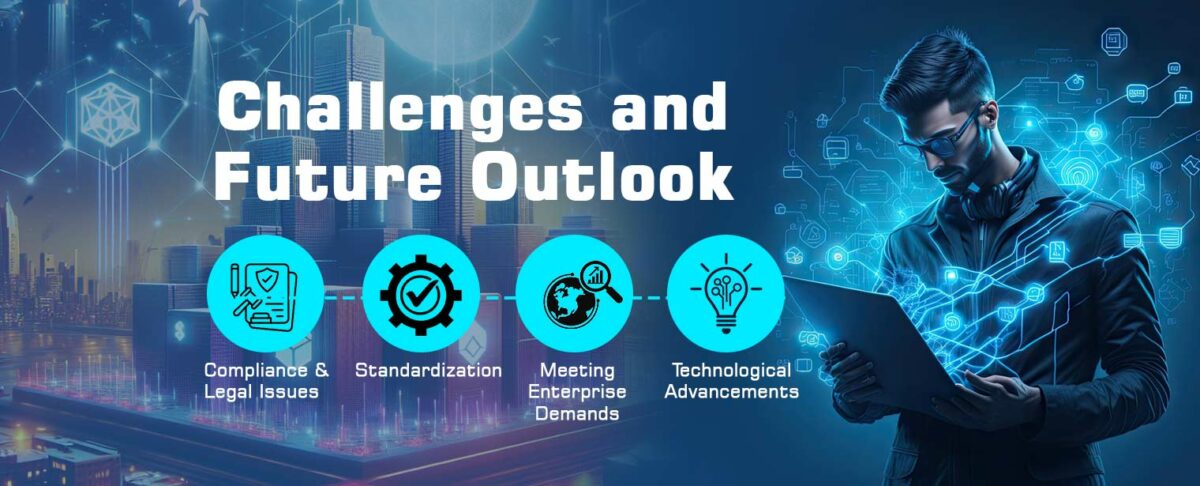Understanding Hyperledger: An Introductory Guide for Beginners

Introduction
In the ever-evolving landscape of blockchain technology, Hyperledger has emerged as a powerful and flexible framework designed to facilitate the development of enterprise-grade distributed ledger systems. Originally conceived by the Linux Foundation in 2015, Hyperledger has grown into a collaborative effort involving industry leaders, developers, and organizations across various sectors. This introductory guide aims to provide beginners with a comprehensive understanding of Hyperledger, exploring its key components, use cases, and the broader implications it holds for the future of business and technology.
I. The Basics of Blockchain

Before delving into Hyperledger, it’s crucial to establish a foundational understanding of blockchain technology. Blockchain, at its core, is a decentralized and distributed ledger that records transactions across multiple computers in a secure and transparent manner. It relies on cryptographic techniques to ensure data integrity and consensus mechanisms to validate transactions.
II. What Sets Hyperledger Apart?
Hyperledger stands out in the blockchain landscape due to its focus on developing open-source frameworks and tools that cater specifically to enterprise needs. Unlike public blockchains, which are often associated with cryptocurrencies like Bitcoin and Ethereum, Hyperledger is designed for permissioned networks. This means that participants in a Hyperledger network must be authorized to join, providing a greater degree of control and privacy.
III. How Hyperledger Facilitates Blockchain Network

Hyperledger framework is a platform-as-a-service(PaaS) and Kaleido uses this framework. The incorporation of the Hyperledger framework can develop a simple and cloud-based system for creating, managing, and deploying blockchain networks.
Regardless of protocol selection, the initial step is to establish a business network that will provide the parental resources for the blockchain domain.
Then, Kaleido offers two top-level environment types to select between Standard Blockchain service and FireFly Private Network Sandbox.
The third step is to create a Fabric environment by providing a name for the environment. The environment that has been created for this process moves to the next step. It initializes the bootstrapping of the Fabric environment. Kaleido performs the automation for the Membership Service Provider (MSP) in the background for developing a ready-to-use, complete bootstrapped channel.
The Hyperledger framework can develop open-source blockchain frameworks and tools. It can provide secure and collaborative solutions for industries. There are some notable areas including streamlined processes in supply chain management, financial services, healthcare, identity management, insurance, and government services. Here, Hyperledger ensures compatibility and supports the creation of spread-out applications.
IV. Key Components of Hyperledger
A. Hyperledger Fabric
1. Architecture: Hyperledger Fabric is a modular and scalable framework that allows organizations to build permissioned blockchain networks. Its architecture supports smart contracts, consensus algorithms, and customizable membership services.
2. Smart Contracts: Hyperledger Fabric uses smart contracts, known as “chaincode,” to automate and enforce the rules of a business network. This enables the creation of self-executing agreements with transparency and security.
3. Channels: To enhance privacy and scalability, Hyperledger Fabric introduces the concept of channels. Channels allow participants to conduct private transactions within a subgroup of the network without the need for every participant to be aware of the details.
B. Hyperledger Sawtooth
1. Unique Consensus Mechanism: Hyperledger Sawtooth employs a unique consensus algorithm called Proof of Elapsed Time (PoET). This mechanism aims to achieve secure and efficient transaction validation without the energy-intensive requirements of traditional Proof of Work (PoW) algorithms.
2. Flexible Smart Contracts: Sawtooth supports multiple smart contract languages, making it adaptable to a variety of business scenarios. This flexibility enhances developers’ capabilities to create and deploy smart contracts tailored to specific use cases.
C. Hyperledger Indy
1. Identity Management: Hyperledger Indy focuses on decentralized identity management. It provides tools and libraries for creating and managing digital identities, allowing users to have more control over their personal information.
2. Privacy and Security: Indy emphasizes privacy and security by enabling users to selectively disclose information and maintain control over their digital identities. This makes it suitable for applications requiring strong identity verification.
V. Use Cases of Hyperledger

A. Supply Chain Management
1. Traceability: Hyperledger enables end-to-end traceability in supply chains by recording every transaction and movement of goods. This transparency helps in verifying the authenticity of products, reducing fraud, and enhancing consumer trust.
2. Efficient Collaboration: Multiple stakeholders in a supply chain can use Hyperledger to share information securely and efficiently. This collaboration leads to improved coordination, reduced errors, and streamlined processes.
B. Finance and Banking
1. Cross-Border Payments: Hyperledger facilitates faster and more cost-effective cross-border payments by eliminating intermediaries and reducing transaction times. This can significantly benefit financial institutions and businesses engaged in international trade.
2. Smart Contracts in Finance: Hyperledger’s support for smart contracts allows financial institutions to automate complex processes, such as contract execution and settlement, leading to increased efficiency and reduced operational costs.
C. Healthcare
1. Patient Data Management: Hyperledger can be utilized to create secure and interoperable systems for managing patient data. This ensures the integrity and privacy of sensitive healthcare information while allowing authorized parties to access relevant data.
2. Drug Traceability: In the pharmaceutical industry, Hyperledger can be employed to trace the entire lifecycle of drugs, from manufacturing to distribution. This helps in ensuring the authenticity of medications and mitigating the risks of counterfeit drugs.
VI. Challenges and Future Outlook

A. Regulatory Concerns
1. Compliance and Legal Issues: The adoption of Hyperledger faces challenges related to regulatory compliance and legal frameworks. As blockchain technology matures, governments around the world are developing regulations that impact its implementation.
2. Standardization: The absence of universal standards for blockchain and Hyperledger implementations poses challenges for interoperability and collaboration across industries. Standardization efforts are essential for ensuring seamless integration and widespread adoption.
B. Scalability
1. Meeting Enterprise Demands: As Hyperledger gains traction, the demand for scalable solutions becomes crucial. The framework must continue evolving to meet the increasing needs of large-scale enterprise applications without compromising performance.
2. Technological Advancements: Future developments in blockchain technology, such as the integration of sharding and layer 2 solutions, may address scalability concerns and enhance the overall performance of Hyperledger networks.
VII. Conclusion
In conclusion, Hyperledger represents a significant step forward in the evolution of blockchain technology, offering a tailored solution for enterprises seeking secure and scalable distributed ledger systems. Understanding the key components, use cases, and challenges associated with Hyperledger is essential for anyone looking to explore its potential applications. As the technology continues to mature, collaboration, standardization, and ongoing innovation will play pivotal roles in shaping the future of Hyperledger and its impact on various industries. Whether in supply chain management, finance, healthcare, or beyond, Hyperledger’s versatility positions it as a key player in the transformative journey towards decentralized and efficient business processes.
FAQs
How do I start learning Hyperledger?
To begin learning Hyperledger, start by understanding the fundamentals of blockchain technology, as Hyperledger is a distributed ledger framework. Familiarize yourself with key concepts such as decentralized consensus, smart contracts, and cryptographic security. Next, explore the various Hyperledger frameworks, such as Fabric, Sawtooth, and Indy, each designed for specific use cases. Begin with the official documentation and tutorials provided by the Hyperledger project. Hands-on experience is crucial, so set up a development environment and experiment with sample applications. Engage with the Hyperledger community through forums, mailing lists, and events to stay updated and seek assistance when needed. Consider taking online courses or attending workshops to deepen your knowledge. As you progress, explore real-world Hyperledger implementations and contribute to open-source projects to enhance your skills. Continuous practice and staying involved in the community will foster a comprehensive understanding of Hyperledger technology.
What is Hyperledger in simple words?
Hyperledger is an open-source collaborative effort aimed at advancing cross-industry blockchain technologies. In simpler terms, it’s a project that brings together developers and organizations to create a set of tools and frameworks for building and implementing private, permissioned Blockchain. Unlike public Blockchain like Bitcoin or Ethereum, Hyperledger is designed for business applications, providing a foundation for developing secure and scalable distributed ledger solutions. It offers modular components, allowing users to choose the right framework for their specific use case. Hyperledger projects, such as Fabric and Sawtooth, enable businesses to create and manage their own blockchain networks, fostering transparency, efficiency, and trust in various industries, including finance, supply chain, and healthcare. In essence, Hyperledger simplifies the adoption of blockchain technology for enterprise applications by providing a collaborative and customizable platform.
Is Hyperledger Fabric hard to learn?
Learning Hyperledger Fabric can be challenging, especially for individuals new to blockchain technology. It requires a solid understanding of distributed systems, cryptography, and smart contract development. The complexity arises from its comprehensive features catering to enterprise needs, such as permissioned networks and modular architecture. However, the difficulty varies depending on your background and prior experience with similar technologies. The official documentation and community support offered by Hyperledger can significantly aid the learning process. Engaging in hands-on projects and tutorials, along with practical experimentation, is crucial for grasping the intricacies of Hyperledger Fabric. While it may pose a learning curve, the rewards are substantial, as proficiency in Hyperledger Fabric opens opportunities for developing secure, scalable, and tailored blockchain solutions for enterprise applications. Persistence, practice, and community involvement are key to overcoming the challenges associated with learning Hyperledger Fabric.
What are the prerequisites for Hyperledger?
Before diving into Hyperledger, it’s beneficial to have a foundational understanding of certain concepts. First and foremost, a grasp of blockchain fundamentals, including decentralized ledgers, consensus mechanisms, and cryptographic principles, is essential. Knowledge of programming languages, particularly Go and JavaScript, is advantageous, as Hyperledger projects like Fabric often utilize them. Understanding distributed systems, as well as familiarity with containerization tools like Docker and orchestration tools like Kubernetes, can facilitate the deployment of Hyperledger networks. Moreover, a background in smart contract development, possibly with languages like Solidity (for Ethereum) or Chaincode (for Hyperledger Fabric), is beneficial. Prior experience in enterprise software and an awareness of the specific use case for which Hyperledger will be applied are also valuable. While not mandatory, these prerequisites can significantly ease the learning curve and enhance one’s ability to effectively work with Hyperledger technologies.

